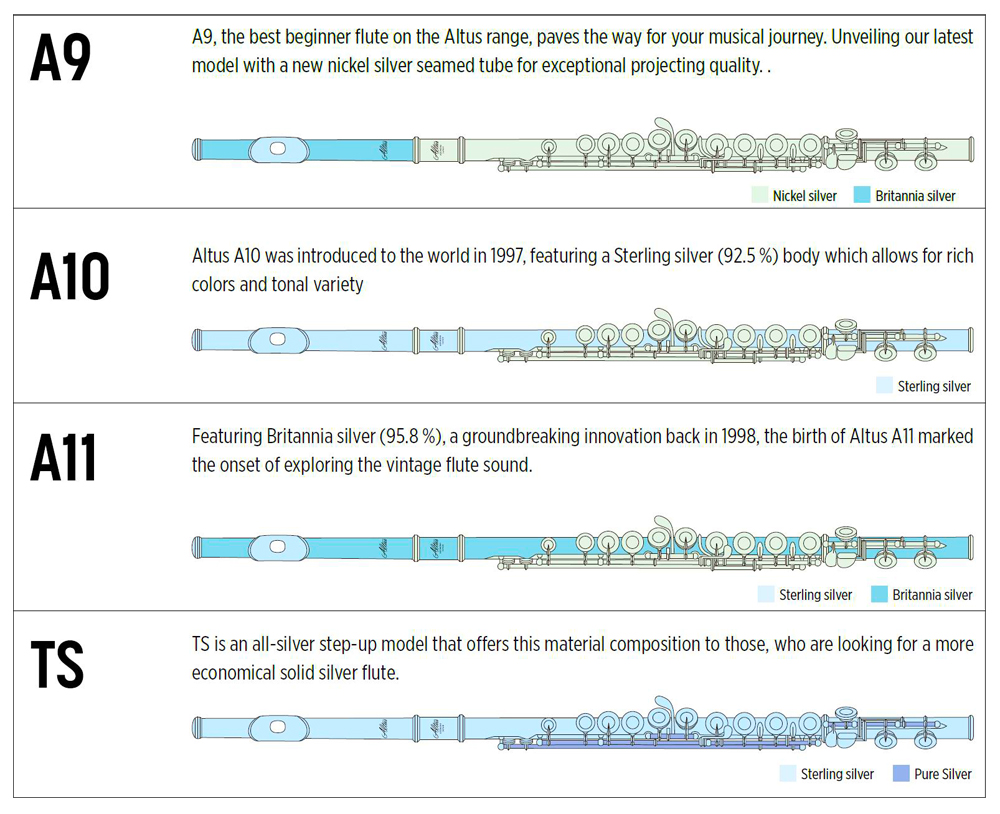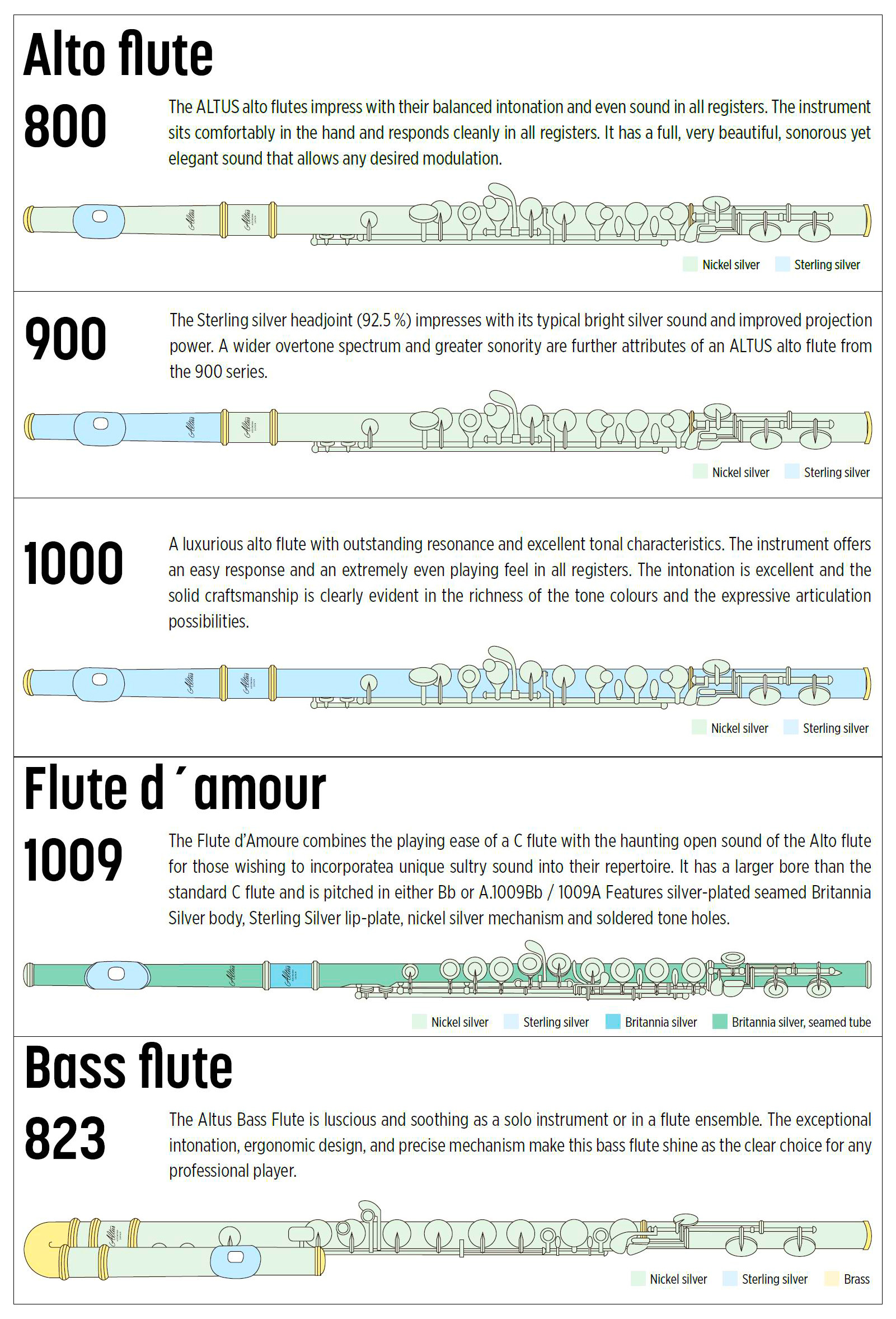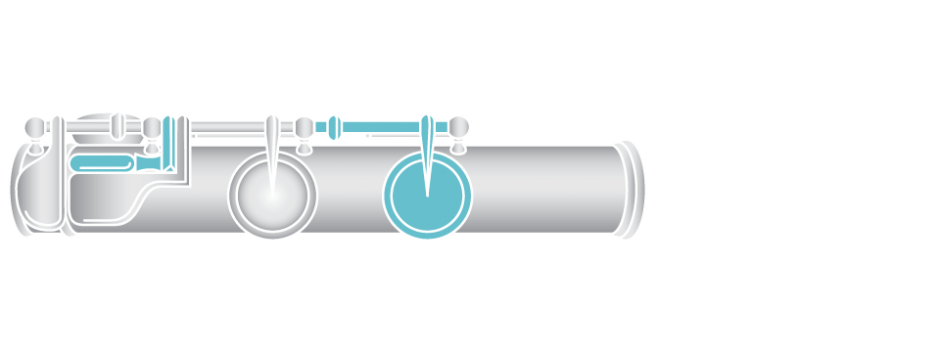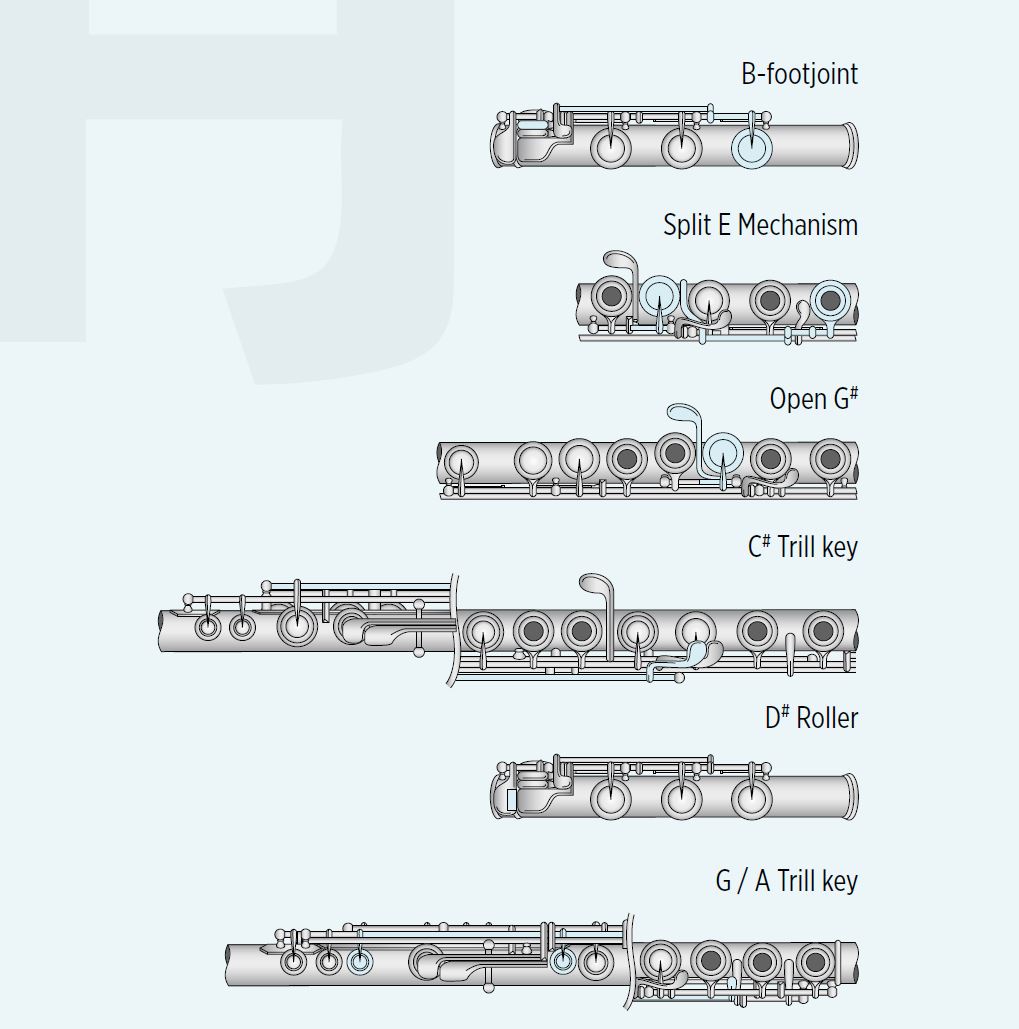Nincs termék
A termék sikeresen kosárba került
Jelenleg 1 termék található a kosárban.
Key Systems
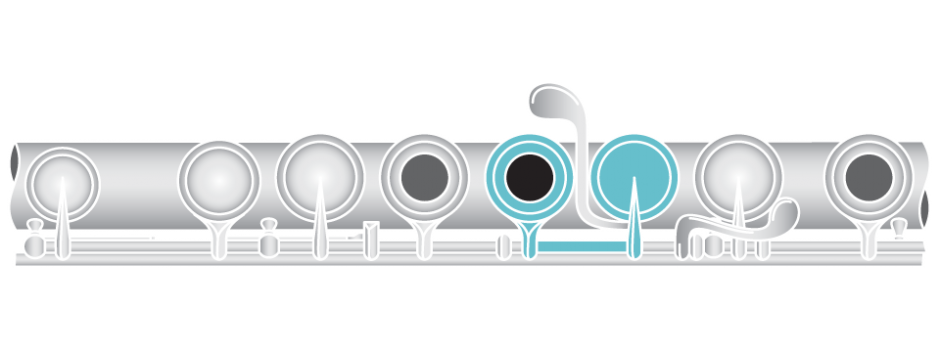
In Line G
The in line G places both the G and the A key on a single rod next to each other. Many flutists prefer the hand position that the in line flute requires to play.

Offset G
A growing number of flutists prefer the comfort and hand position of the offset G flute. Having a separate rod for the G means one less key on the A-Bb rod, and therefore easier maintenance.
Key Types
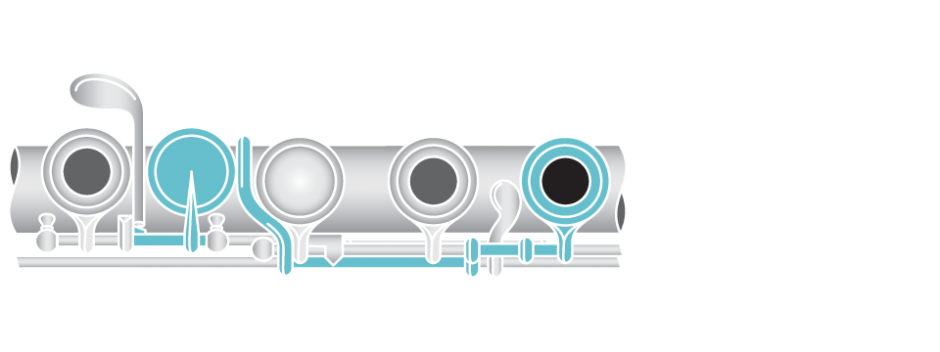
Split E Mechanism
Allows the right hand E key to close the lower G key to make the high E easier to play. Available with offset G models.
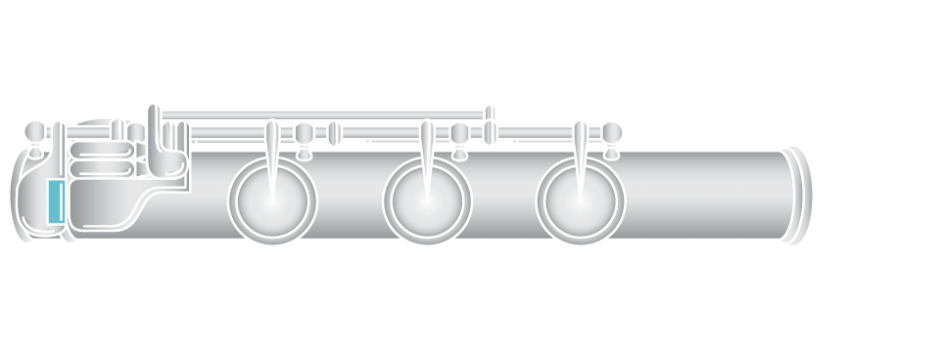
D# Roller
Makes moving the little finger of the right hand between the low B, C, and C# to the D# key much smoother.
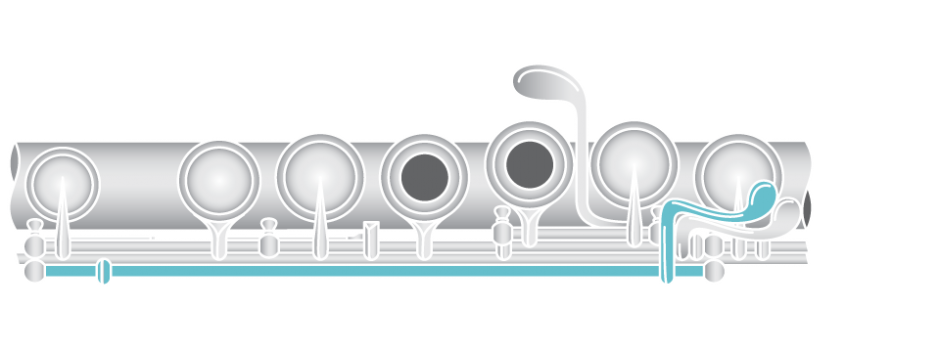
C# Trill
This key allows many trills and tremolos to be played in addition to trilling from B or C to C#, making it a truly versatile addition. Available with offset G models.
Footjoints
C Footjoint
Many flute masters of the past and present often prefer the C footjoint for its brighter tone. It is described as freeing up the low register and offering less resistance throughout the flute.
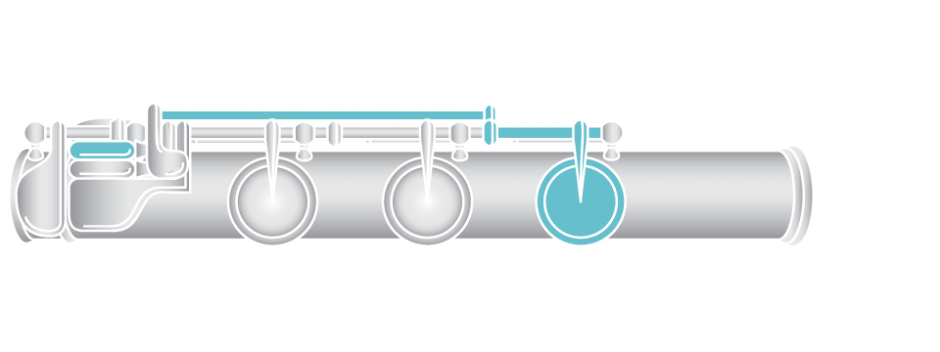
B Footjoint
The low B footjoint not only extends the range one note lower, it adds weight to the overall instrument which increases resistance and results in producing an overall darker tone. The B footjoint improves the overall pitch of the third octave.
